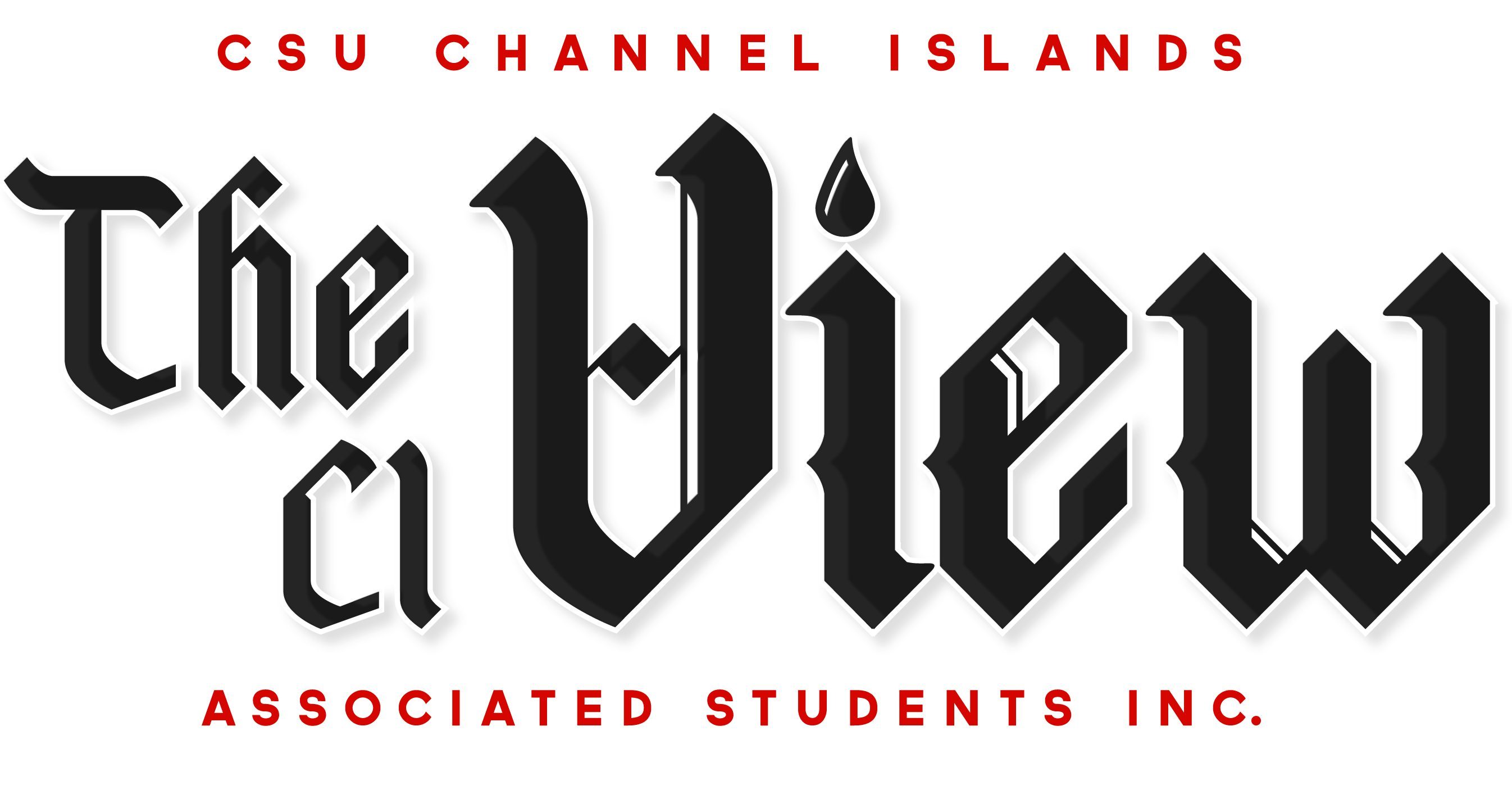By Victoria Maneske
Interim President Richard Yao and Provost Mitch Avila have led a few virtual Town Hall meetings discussing the fall 2021 semester planning, focusing on new information on the pandemic and what is to be expected for the upcoming semester so far.
Recent and updated information that impacts the University’s decision-making include several factors that were addressed during the Town Hall, which The CI View attended.
For one, beginning on April 15, everyone from the age 16 and over is eligible for a COVID-19 vaccine in California. Also, Governor Gavin Newsom expects for the economy to be fully open upon June 15.
There have been updated guidelines released by the Centers for Disease Control and Prevention and California Department of Public Health, which includes a 3-foot distancing rule for K-12 classroom settings, which is expected to be applied to higher education as well.
As for planning assumptions, the University’s plans are reviewed by the Ventura County Public Health and are in full alignment with federal, state and county guidelines. It will also change accordingly to any alterations or further updates, especially with The Division of Occupational Safety and Health.
Currently, masks and social distancing will still be required, and there will be increased cleaning protocols and accessible hand sanitizing stations. There is the baseline classroom layout, with markers and designations, which contains a 3-foot minimum distancing requirement. However, there are other plans ready to be implemented if necessary, adhering to a 6-foot distancing layout.
Large classes will be held online or outdoors, and CI will work on repopulating faculty and staff as necessary. Hybrid models for activities and events and such may still be engaged. CI’s restrictions will either ease or become stricter throughout the semester depending on future progress and health and safety laws.

Capacity has been noted as a concern, with limitations on indoor space, as students need places to study. As mentioned by Toni Deboni, Interim Vice President for Student Affairs, they are working with Faculties Services in evaluating outdoor spaces and planning out to purchase outdoor seating conducive for learning, along with power outlets and other technology necessary for students to have additional spaces to eat and study.
According to Avila, the class schedule is all up to date, and every class is flagged to be clearly identified as hybrid, synchronous or asynchronous. There are about 22,000 in-person seats and 75% of normal enrollment, so most or all students will have at least one class on campus. The schedule is finalized and live as of April 10.
The biggest focus on returning to campus is vaccination. The UC and CSU systems plan to require students to be vaccinated or to establish routine testing and tracking for the fall 2021 semester. According to a recent Campus Global email, “While our initial approach was to focus primarily on recurring testing unless proof of vaccination was provided, this new requirement places the primary emphasis on proof of vaccination, and we anticipate that testing will be utilized to address exemptions based on medical or religious grounds. As such, while vaccinations will now be required, the primary role of vaccinations or testing in our Fall repopulation plan remains the same.”
Yao hopes for a high vaccination rate for the entire community, and to also have most students vaccinated by the time fall semester starts. One goal is to ensure that the positivity rates on campus remain no higher than the surrounding community through more controls for surveillance and screening. CI will work with the CSU system guidelines, exemptions, verification and enforcement with vaccinations, forming around consultations with the California State Student Association, the CSU Academic Senate and labor unions.
There are still areas needing clarification that CI is working on regarding limitations for capacity and spacing recommendations for commonly used facilities. However, they do anticipate these spaces to be open, such as the John Spoor Broom Library, Student Services, Student Union Building and Recreation Center. They are still evaluating workspaces as well as faculty and staff repopulation, and are still finalizing infrastructure needs, such as with vaccination and testing enforcement, increased contract tracing protocols, staffing resources, housing occupancy models with room assignments and monitoring spaces.
Yao wants to lean into the uncertainty and develop support structures with people on campus for people to cope and work together. He plans to open more modes of communication with additional forums.
“We’re coming back to a very different environment. We’ve talked about returning to campus but we’re not returning to quote-and-quote normal, right,” Yao said. “I want to make sure we’re not just coming back and going through the motions, but we come back in a way that really allows our entire campus community to really thrive.”

